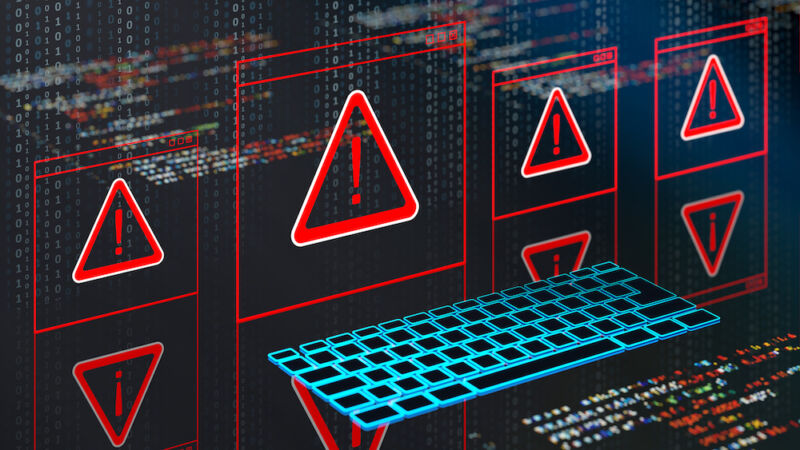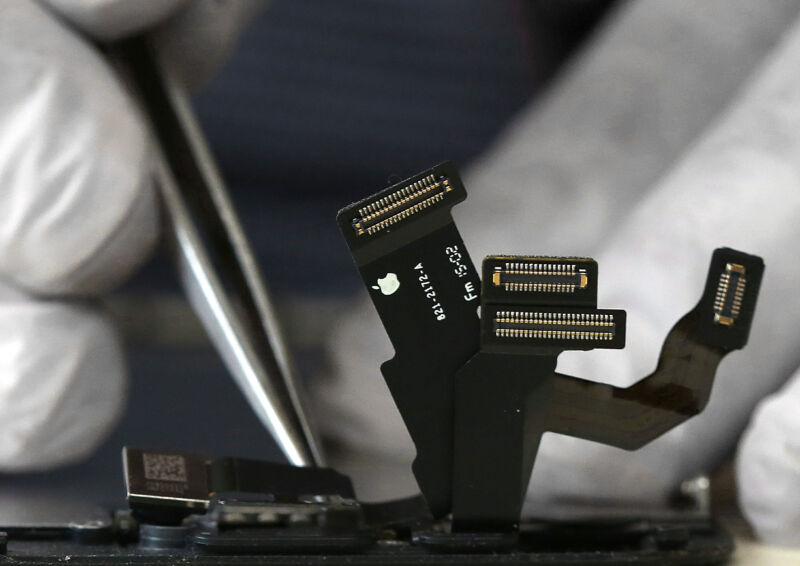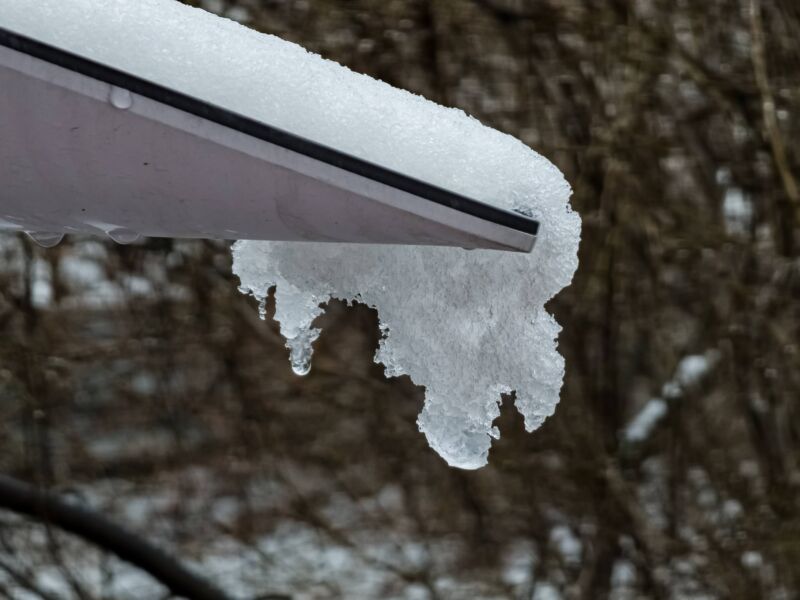-
 chevron_right
chevron_right
Daily Telescope: Peering into the remnants of an 800-year-old supernova
news.movim.eu / ArsTechnica • 28 March, 2024

Enlarge / A composite image of SNR 1181. (credit: NASA, ESA, JPL et. al.)
Welcome to the Daily Telescope . There is a little too much darkness in this world and not enough light, a little too much pseudoscience and not enough science. We'll let other publications offer you a daily horoscope. At Ars Technica, we're going to take a different route, finding inspiration from very real images of a universe that is filled with stars and wonder.
Good morning. It's March 28, and today's photo comes from NASA's Chandra X-ray Observatory as well as a host of other observatories.
It is a composite image of supernova remnant SNR 1181. The name of the object gives us a clue to when this object went supernova: the year 1181. For about half a year, the 'new' star appeared in the constellation Cassiopeia. It took a long time before astronomers using modern telescopes were able to find the remnant of this supernova, but they finally did so in the last decade.










